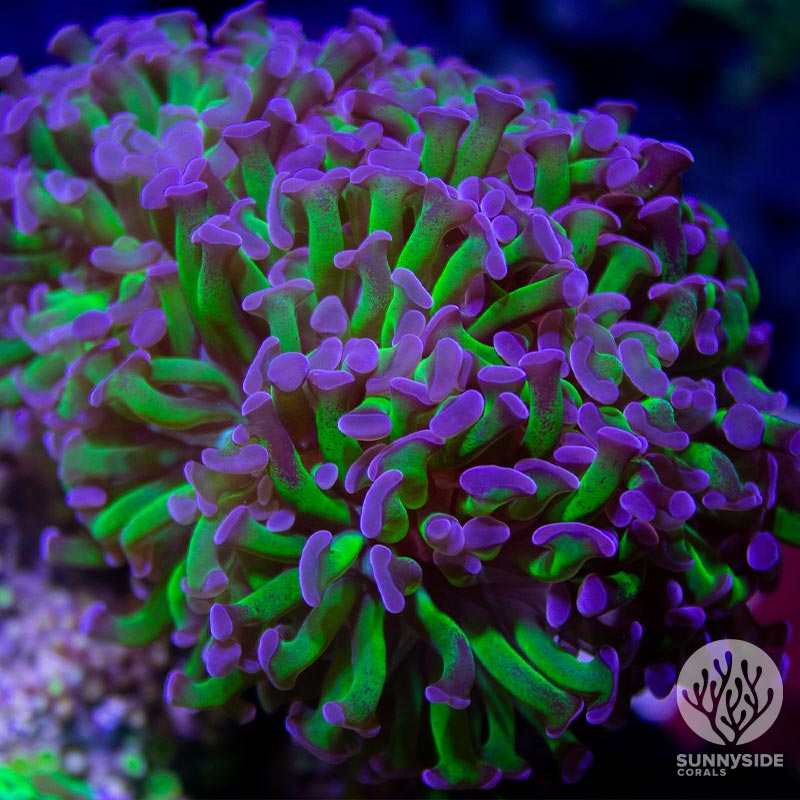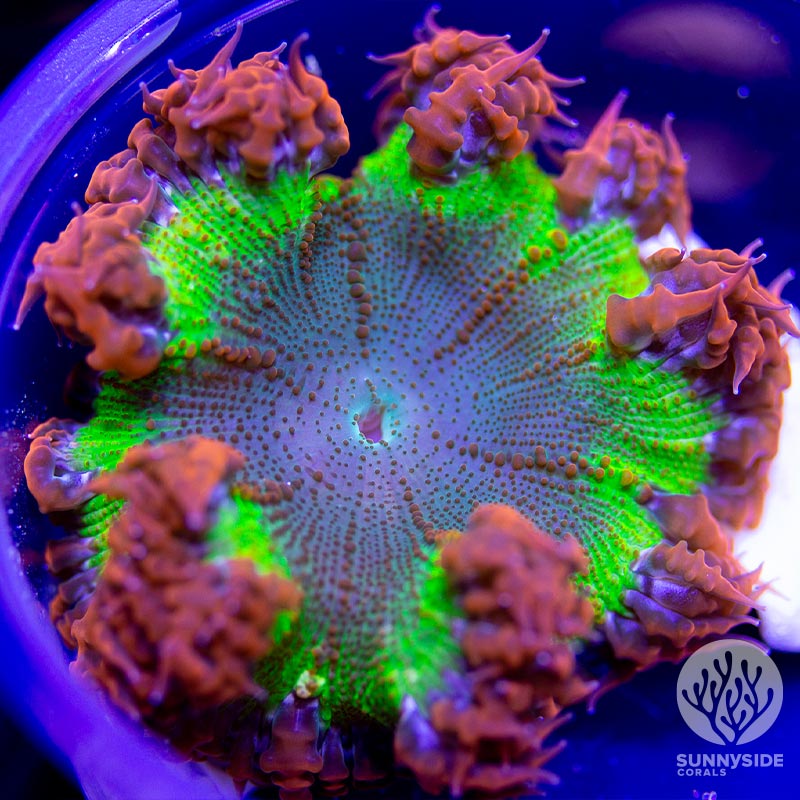As aquarium enthusiasts, we all want our fish and aquatic plants to thrive in a healthy and clean environment. One of the most important factors in maintaining a balanced aquarium ecosystem is the presence of beneficial bacteria. These tiny microorganisms play a vital role in the nitrogen cycle, helping to break down waste products and maintain water quality.
Without beneficial bacteria, ammonia and nitrite levels in the tank can quickly rise to toxic levels, leading to stress and illness in fish. By establishing a healthy population of beneficial bacteria, we can ensure that the nitrogen cycle is functioning properly, converting harmful waste products into less harmful compounds that can be safely removed through regular water changes. In this article, we’ll explore the role of beneficial bacteria in the aquarium and discuss some of the best ways to establish and maintain a healthy bacterial colony in your tank.
The Importance of Beneficial Bacteria in an Aquarium
As aquarium enthusiasts, we all want our fish to thrive and be healthy. One of the most important factors in achieving this is maintaining good water quality. This is where beneficial bacteria come in.
Beneficial bacteria are essential for a healthy and balanced aquarium ecosystem. They play a crucial role in breaking down the waste produced by fish, dead plant material, and other organic debris that accumulates in the tank. This waste produces harmful ammonia and nitrite, which can be toxic to fish. Beneficial bacteria convert these harmful substances into less harmful ones, such as nitrate, which can be removed through regular water changes.
Without these good bacteria, ammonia and nitrite levels can quickly rise to dangerous levels, causing stress and illness in fish. This is why it’s important to establish a healthy colony of beneficial bacteria in your aquarium.
But how do we cultivate these good bacteria? One way is through the process of nitrogen cycling. This is the process by which beneficial bacteria convert ammonia to nitrite, and then to nitrate. This cycle is essential for maintaining good water quality in your aquarium.
To establish a healthy colony of beneficial bacteria, we need to provide them with the right conditions. This includes providing enough oxygen for the bacteria to thrive. Oxygen is essential for the growth and metabolism of these bacteria. Without enough oxygen, they may not be able to break down waste effectively, leading to poor water quality.
In summary, the importance of beneficial bacteria in an aquarium cannot be overstated. They play a crucial role in maintaining good water quality and ensuring the health and well-being of our fish. By establishing a healthy colony of beneficial bacteria, we can create a thriving ecosystem in our aquariums.
Understanding the Nitrogen Cycle
When it comes to maintaining a healthy aquarium, understanding the nitrogen cycle is essential. The nitrogen cycle is a natural process that occurs in every aquarium and is responsible for breaking down waste into less harmful compounds. In this section, we will explain the three main stages of the nitrogen cycle: ammonia, nitrite, and nitrate.
Ammonia
The first stage of the nitrogen cycle is the production of ammonia. Ammonia is a toxic compound that is produced by fish waste, uneaten food, and decaying plant matter. In high concentrations, ammonia can be deadly to fish and other aquatic life. However, in a healthy aquarium, beneficial bacteria will convert ammonia into nitrite.
Nitrite
The second stage of the nitrogen cycle is the conversion of ammonia into nitrite. Nitrite is also a toxic compound that can harm fish and other aquatic life. However, just like with ammonia, beneficial bacteria will convert nitrite into nitrate.
Nitrate
The final stage of the nitrogen cycle is the conversion of nitrite into nitrate. Nitrate is a less toxic compound that can be safely tolerated by fish and other aquatic life in low concentrations. However, in high concentrations, nitrate can still be harmful, and regular water changes are necessary to keep nitrate levels under control.
In summary, the nitrogen cycle is a natural process that is essential for maintaining a healthy aquarium. By understanding the three stages of the nitrogen cycle, we can take steps to ensure that our aquariums remain safe and healthy for our fish and other aquatic life.


Types of Beneficial Bacteria
In an aquarium, there are several types of beneficial bacteria that play a crucial role in maintaining a healthy and balanced ecosystem. These bacteria help to break down waste and convert harmful substances into less toxic compounds.
Nitrifying Bacteria
Nitrifying bacteria are perhaps the most important group of beneficial bacteria in an aquarium. They are responsible for converting toxic ammonia, which is excreted by fish and other aquatic creatures, into less harmful compounds.
There are two main types of nitrifying bacteria: Nitrosomonas and Nitrobacter. Nitrosomonas bacteria convert ammonia into nitrite, which is still toxic to fish but less so than ammonia. Nitrobacter bacteria then convert nitrite into nitrate, which is relatively harmless to fish in low concentrations.
Heterotrophic Bacteria
Heterotrophic bacteria are another type of beneficial bacteria that can be found in an aquarium. Unlike nitrifying bacteria, they do not play a direct role in the nitrogen cycle. Instead, they help to break down organic matter such as dead plants and uneaten food.
Heterotrophic bacteria are also important for maintaining a healthy balance of bacteria in the aquarium. They compete with harmful bacteria for resources and can help to prevent the growth of harmful bacteria that can cause diseases.
Autotrophs
Autotrophs are a group of bacteria that are capable of producing their own food through photosynthesis or chemosynthesis. In an aquarium, autotrophs can help to maintain a healthy balance of nutrients by converting carbon dioxide into oxygen and other essential compounds.
One example of an autotrophic bacteria commonly found in aquariums is Anabaena. This bacteria is capable of fixing nitrogen, which can help to provide essential nutrients for plants and other aquatic organisms.
Overall, the different types of beneficial bacteria in an aquarium work together to maintain a healthy and balanced ecosystem. By understanding the role of these bacteria, we can take steps to promote their growth and ensure the long-term health of our aquatic pets.
Biological Filtration and Filter Media
When it comes to maintaining a healthy aquarium, biological filtration is key. This process involves the use of beneficial bacteria to break down harmful toxins in the water. To support this process, we need to choose the right filter media.
Filter Pad
Filter pads are a common type of filter media that can be found in most aquarium filters. They are made of a dense material that traps debris and provides a surface area for beneficial bacteria to grow. Filter pads come in different thicknesses and densities, and the right one for your aquarium will depend on the size of your tank and the type of fish you have.
Sponge Filter
Sponge filters are another popular type of filter media. They work by drawing water through a sponge that provides a surface area for beneficial bacteria to grow. Sponge filters are great for small aquariums and breeding tanks, as they are gentle and do not create a strong current. They are also easy to clean and maintain.
Ecobio-Block
Ecobio-Block is a unique type of filter media that combines biological, chemical, and mechanical filtration in one. It is a porous volcanic rock that is infused with beneficial bacteria, enzymes, and minerals. Ecobio-Block can be placed in the aquarium or in the filter, and it will work to maintain a healthy environment by breaking down waste and balancing pH levels.
When choosing a filter media, it is important to consider the size of your aquarium, the type of fish you have, and your filtration needs. By providing a surface area for beneficial bacteria to grow, you can maintain a healthy and thriving aquarium ecosystem.
Maintaining a Healthy Aquarium
As aquarium hobbyists, we all want our fish to thrive in a clean and healthy environment. One of the keys to achieving this is maintaining a healthy colony of beneficial bacteria in our fish tanks. In this section, we’ll discuss some important factors that can affect the growth of these bacteria and how we can keep them thriving.
Gravel and Substrate
Gravel and substrate can play an important role in maintaining a healthy aquarium. They provide a surface area for beneficial bacteria to grow and thrive. It’s important to choose a substrate that is appropriate for the type of fish you have and that allows for good water flow. We recommend cleaning your substrate regularly to prevent the buildup of debris and waste that can negatively impact your water quality.
Fish Waste and Uneaten Food
Fish waste and uneaten food can quickly accumulate in your aquarium and lead to poor water quality. This can be harmful to your fish and can also negatively impact the growth of beneficial bacteria. To prevent this, we recommend feeding your fish only what they can eat in a few minutes and removing any uneaten food promptly. It’s also important to perform regular water changes to remove excess waste and maintain good water quality.
pH and Phosphate Levels
The pH and phosphate levels in your aquarium can also have an impact on the growth of beneficial bacteria. We recommend testing your water regularly and adjusting as necessary to maintain a pH level between 6.5 and 7.5 and a phosphate level below 1 ppm. This will help ensure that your beneficial bacteria can grow and thrive.
Enzymes
Enzymes can be a useful tool in maintaining a healthy aquarium. They can help break down waste and debris, making it easier for beneficial bacteria to digest and process. We recommend using a high-quality enzyme product and following the manufacturer’s instructions carefully.
In conclusion, maintaining a healthy colony of beneficial bacteria is essential for the health and well-being of your fish. By following these tips and keeping a close eye on your water quality, you can create a thriving and healthy aquarium for your aquatic pets.
Conclusion
In conclusion, we have learned that beneficial bacteria are essential for maintaining a healthy and thriving aquarium. These bacteria play a crucial role in breaking down fish waste, dead plant material, and other organic debris that accumulates in the tank. By doing so, they prevent toxic ammonia and nitrite from accumulating and keep the water crystal clear.
We also learned that the establishment of beneficial bacteria in aquariums is pretty straightforward, but we have to take into consideration factors such as temperature, pH, oxygen, and the amount of initial bioload in the tank. By providing the right conditions, we can ensure that the beneficial bacteria thrive and do their job effectively.
It’s important to note that while beneficial bacteria are essential for freshwater aquariums, they are not recommended for saltwater aquariums. In saltwater aquariums, the focus is on creating a natural biological balance, and overdosing with beneficial bacteria can disrupt this balance.
In summary, maintaining a healthy aquarium requires a balance of different factors, and beneficial bacteria play a crucial role in this process. By providing the right conditions and avoiding overdosing, we can ensure that our aquariums remain healthy and thriving for years to come.
